Are you looking for fruits that start with the letter K? Here are 26 fruits that begin with K, along with some helpful information about each.
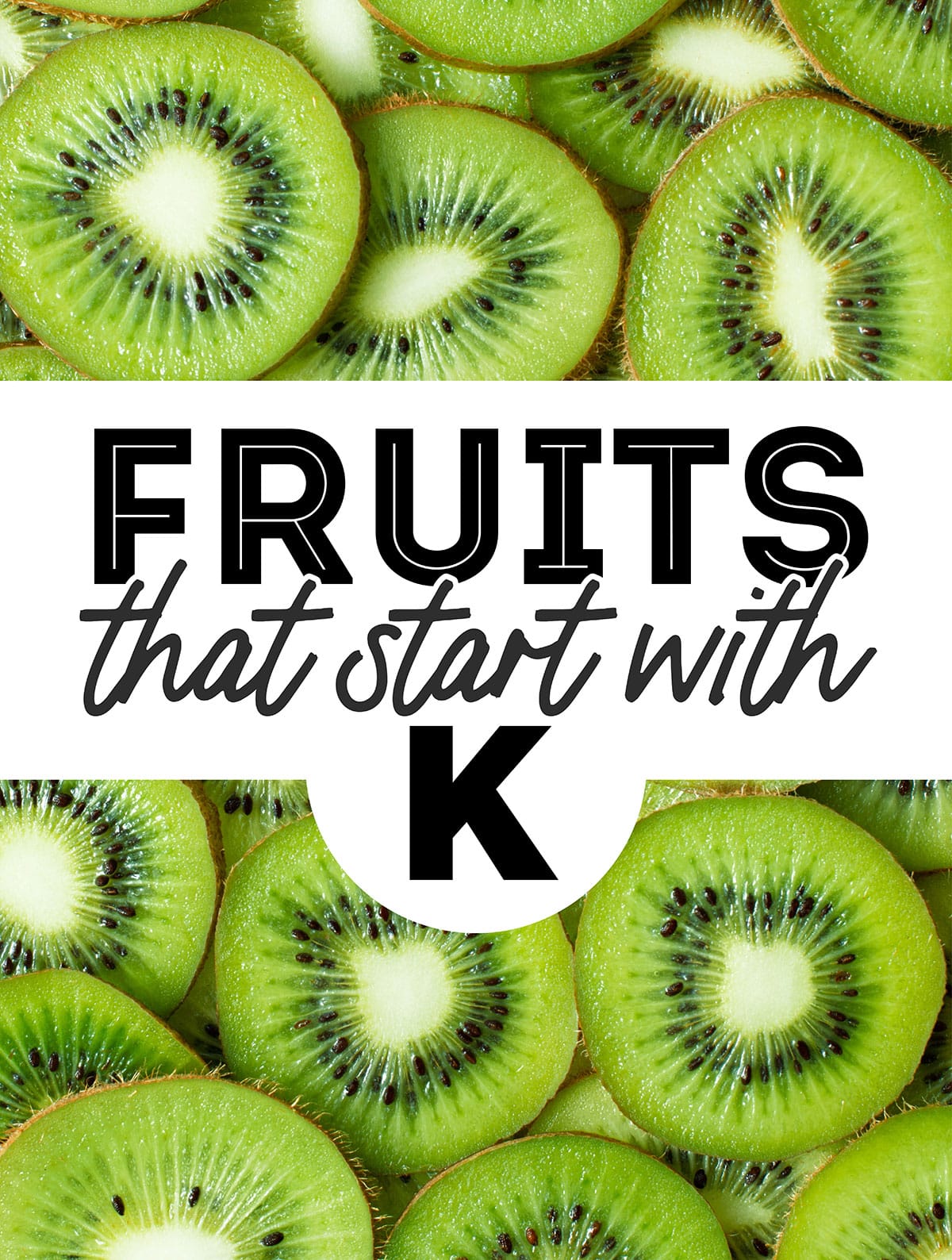
Some of the world’s most favorite fruits (or a variety of the most favorite) start with the letter K, and so do a few pretty unique regional favorites. This list, with a bit about each fruit, will hopefully pique your interest in eating your fruits and veggies. If you are looking for a vegetarian recipe featuring a K List fruit, we have also included a few of our favorites.
- Kabosu
- Kaffir Limes
- Kahikatea
- Kakadu Plums
- Kaki Persimmon
- Kanzi Apples
- Karonda Berries
- Kasturi Mangoes
- Kawakawa
- Kaywa
- Kei Apple
- Keitt Mango
- Key Limes
- Kiwano
- Kiwi
- Knobby Russet
- Kokoneos
- Korean Pears
- Korlan
- Körsbär
- Kowai
- Kumquats
- Kutjera
- Kvede
- Kwai Muks
- Kyoho Grapes
Kabosu
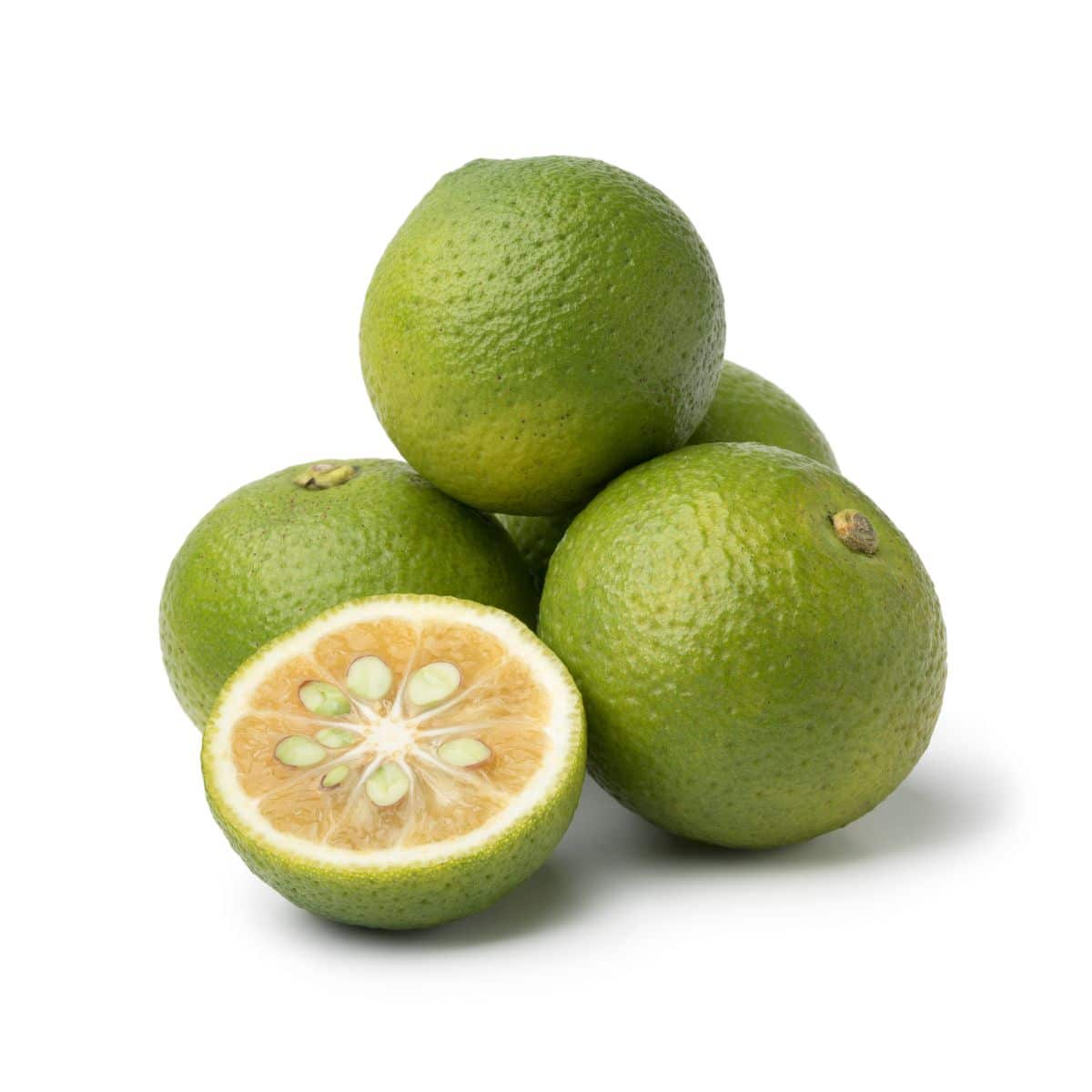
Kabosu is a native to Japan and often called the Japanese Lemon. These lemons are used to flavor a wide variety of Japanese cuisine. Like most lemons they are very nutrient rich. Lemon 101: Nutrition Info and a Whole Lot More.
Kaffir Limes
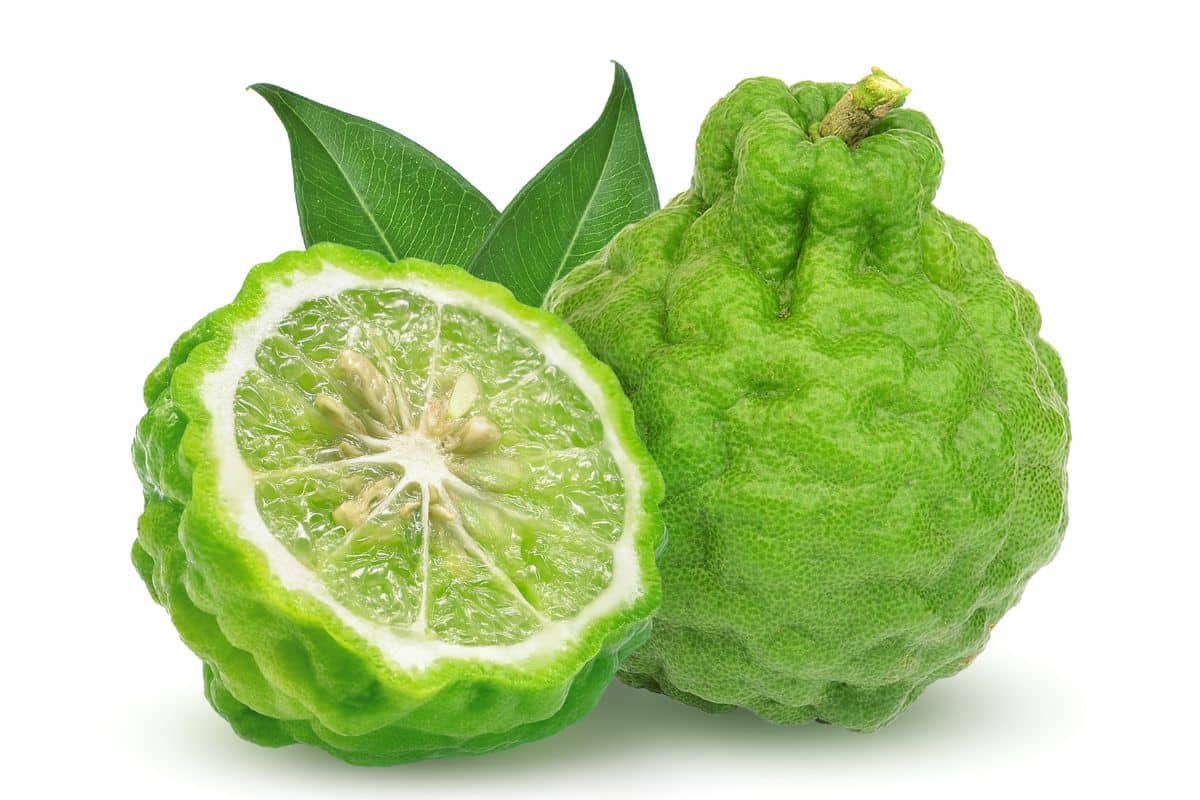
Kaffir Limes are used more for their leaves than fruit. These bumpy guys are native to SE Asia, and their leaves are the real game changer. Kaffir leaves are used much like bay leaves to flavor Thai dishes. For more on all manner of limes check out Limes 101: Everything You Need To Know About Limes.
Kahikatea
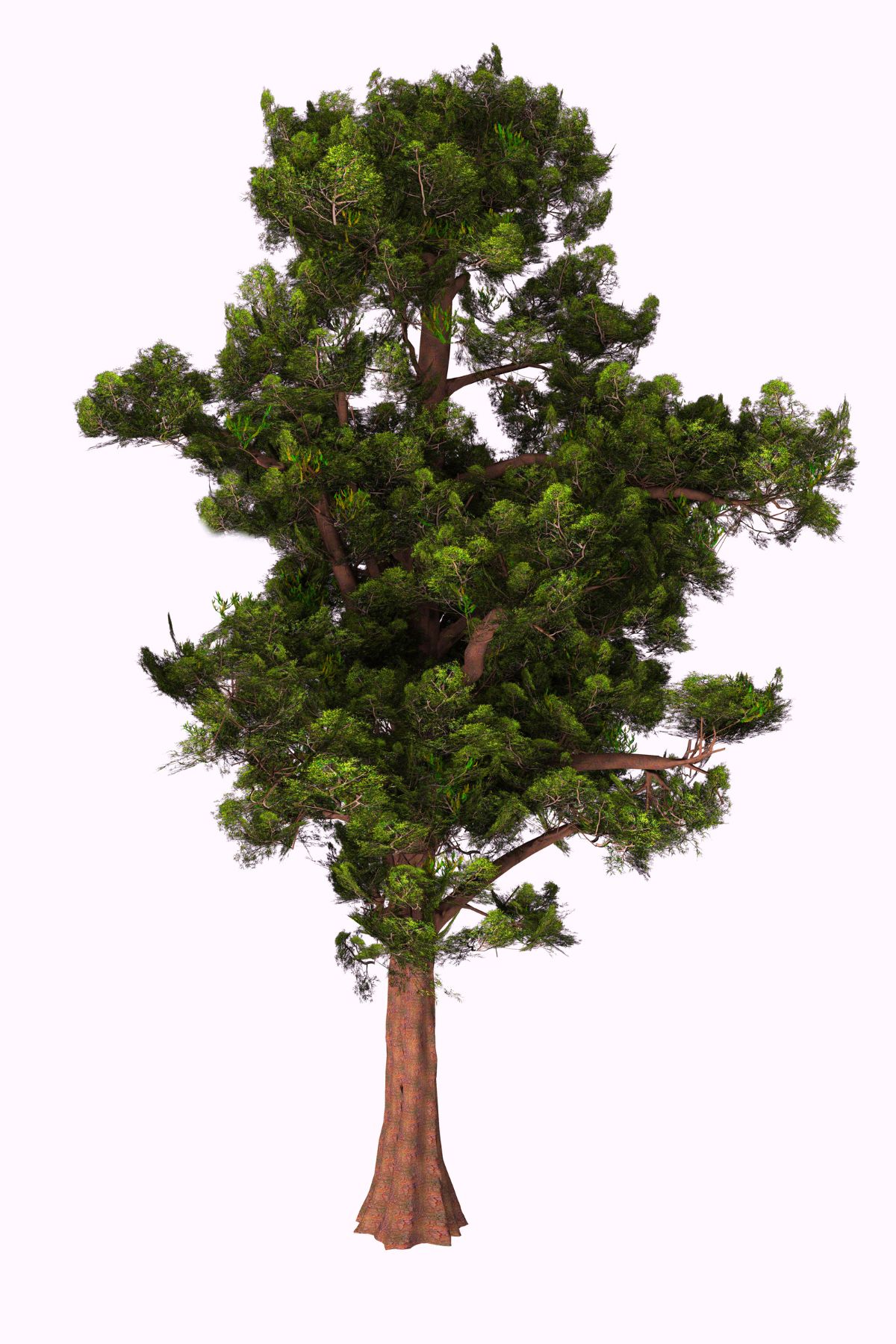
Kahikatea is a tree native to New Zealand growing in lowlands. The trees often grow to 500 years. The fruit is mostly eaten by birds. It is a small red fruit that grows under a black seed forcing birds to first eat the seed to get to the pulp.
Kakadu Plums
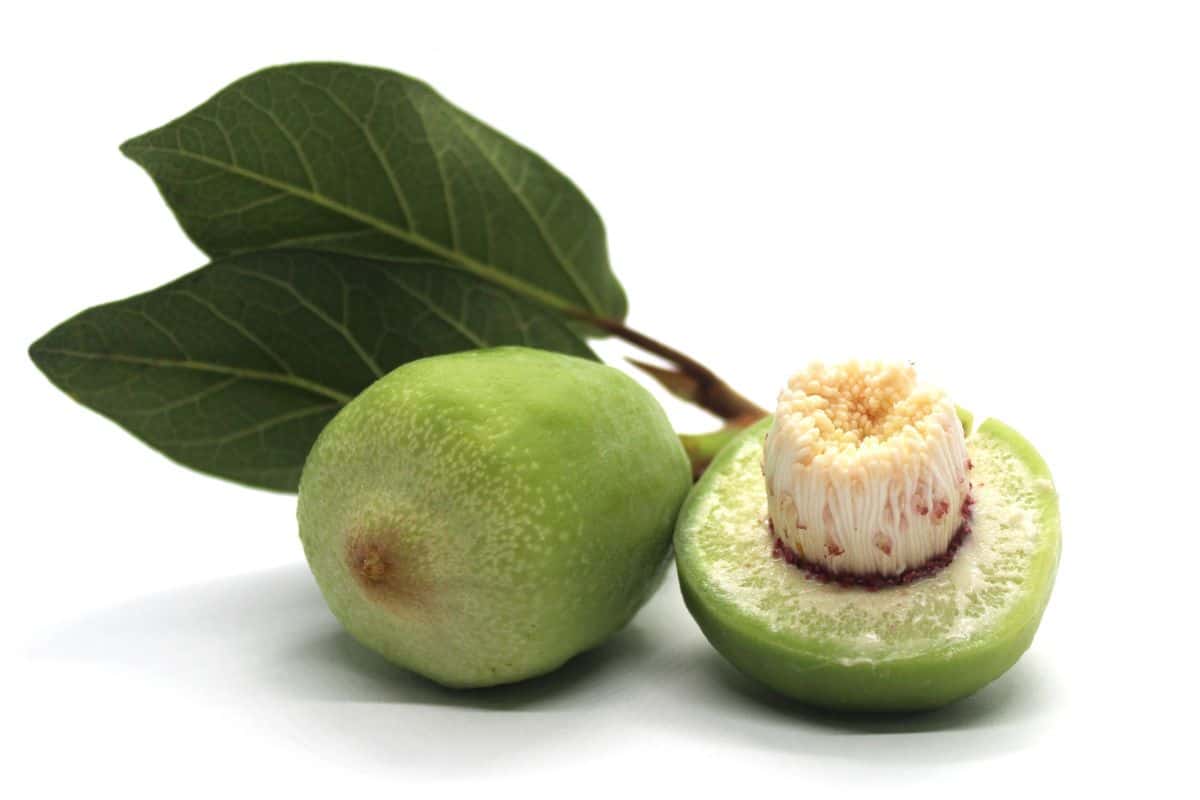
Kakadu Plums are an Australian native known to be fibrous and tart. They have been used medicinally to treat colds and the flu. Sometimes we have to make an eye roll at purported medicinal uses, but these plums are very high in vitamin C supporting the claims. Plums were one of the first fruits we humans domesticated, which means we’ve had thousands of years to breed new varieties of plums. There are way too many to list them all here, but here are some of the main varieties you may come across as well as nutrition information, how to select, store, etc. Plums 101: Everything You Need To Know. A little primer: they are really healthy with a decent amount of fiber and vitamin C but only about 13 calories an ounce. Still, they are naturally sweet and make great sweets like this Homemade Plum Fruit Rollups Recipe.
Kaki Persimmon
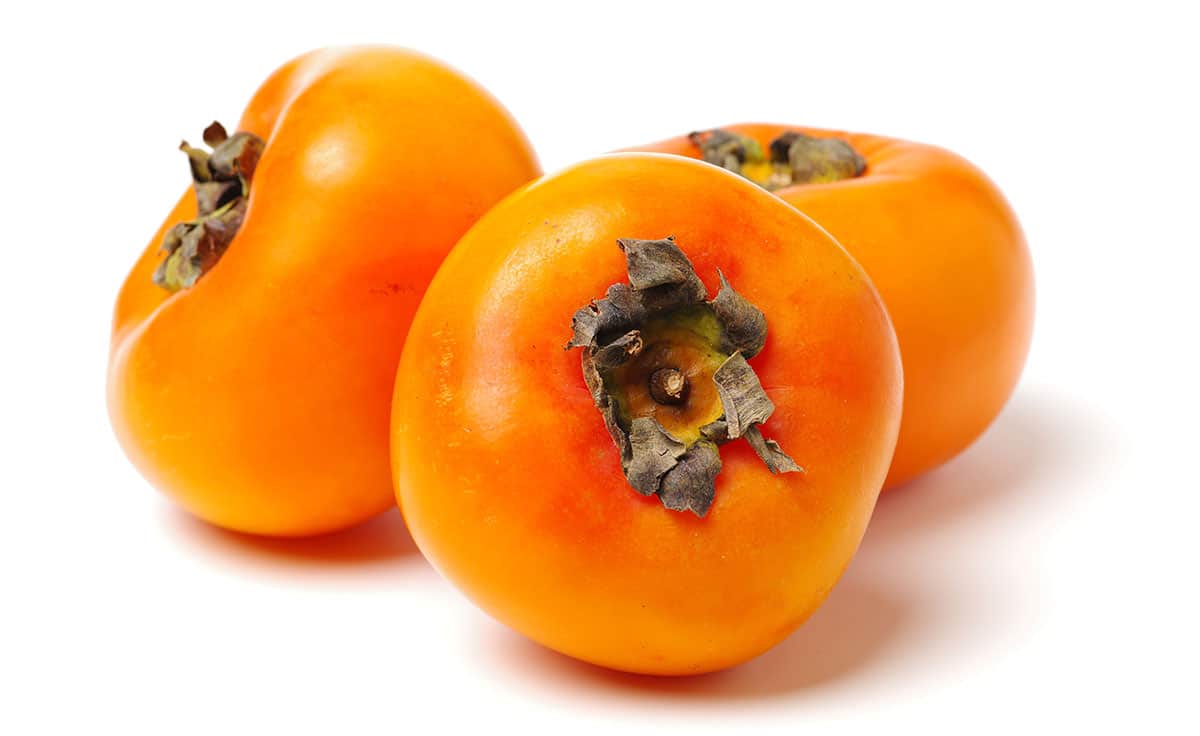
Kaki Persimmon are also called Japanese Persimmon and are the most commonly imported variety to the United States. Persimmons are grown and eaten in many regions across the globe. In the United States they are grown primarily in California and Florida. Persimmons are usually eaten without preparation other than chilling, but they are also added to fruit and vegetable salads, ice cream, yogurt, and all manner of desserts and jams
Kanzi Apples
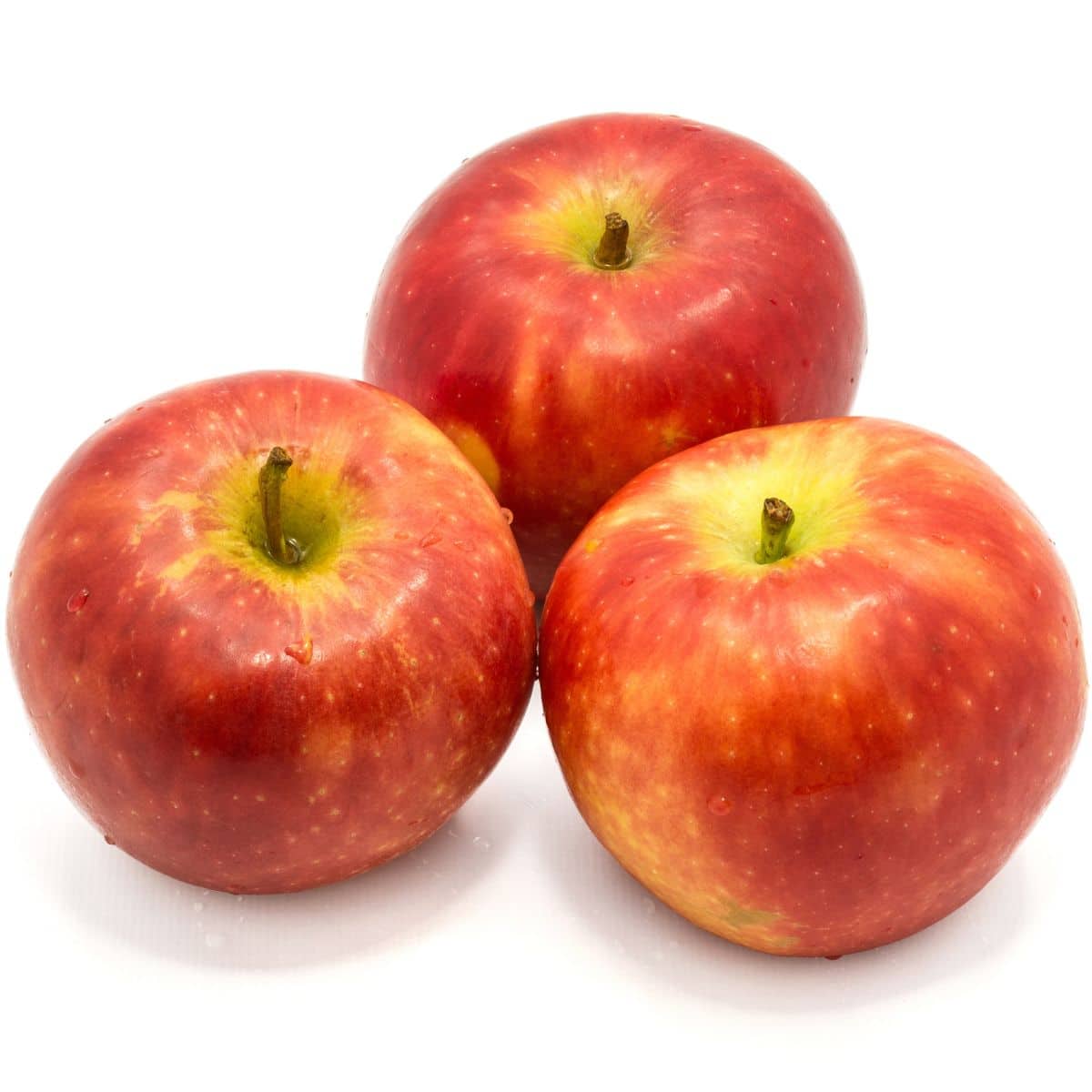
Kanzi Apples are a cross between Gala and Braeburn apples first introduced in the United States in 2014. Kanzi are not particularly sweet but are crisp and juicy. The developers are obviously pretty proud of them as Kanzi means “Hidden Treasure” in Swahili. There may be as many as 30,000 apple varieties worldwide today, and 2,500 of these are grown in the United States. Apples have been grown and eaten since the Roman Era and quite possibly before that. If you want more information on just a few of the most popular American apples check out our Apples 101 Nutritional and Variety Guide.
Karonda Berries
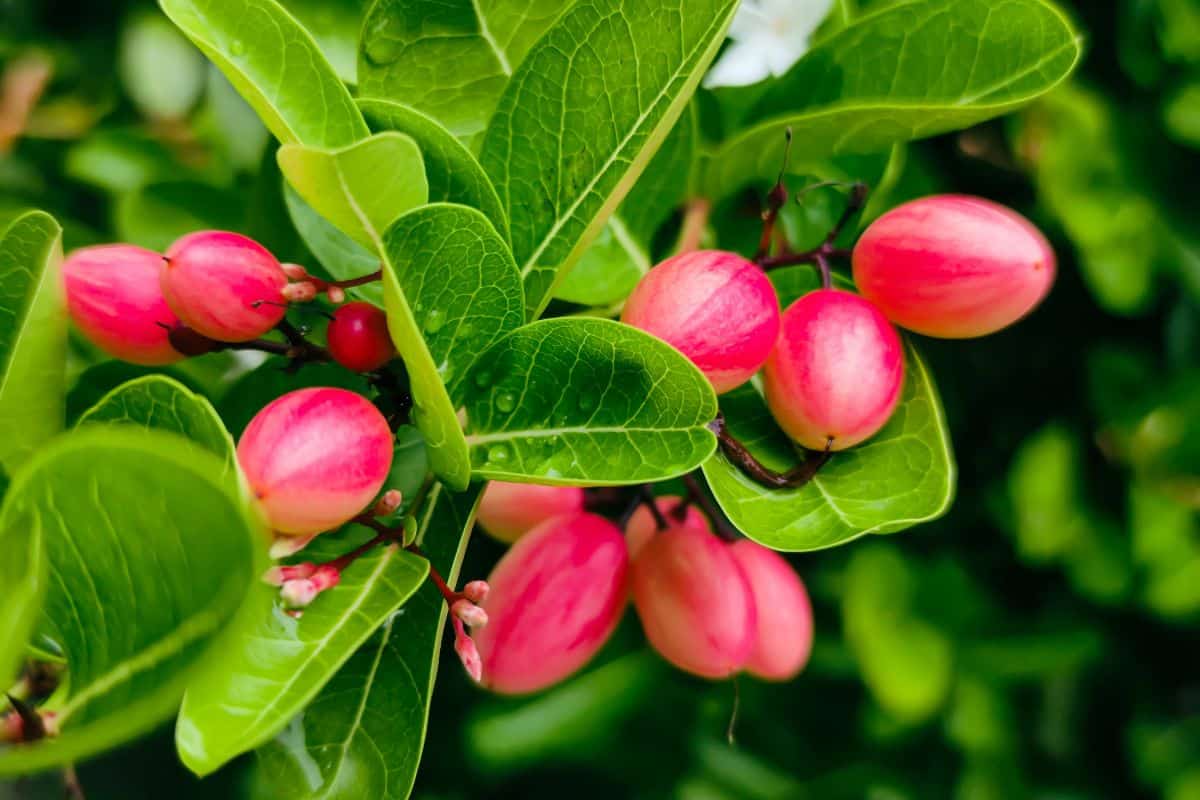
Karonda Berries are native to the Himalayas. These small oval shaped berries are India’s equivalent to maraschino cherries. They are used in many desserts, sweet breads, and some drinks.
Kasturi Mangoes
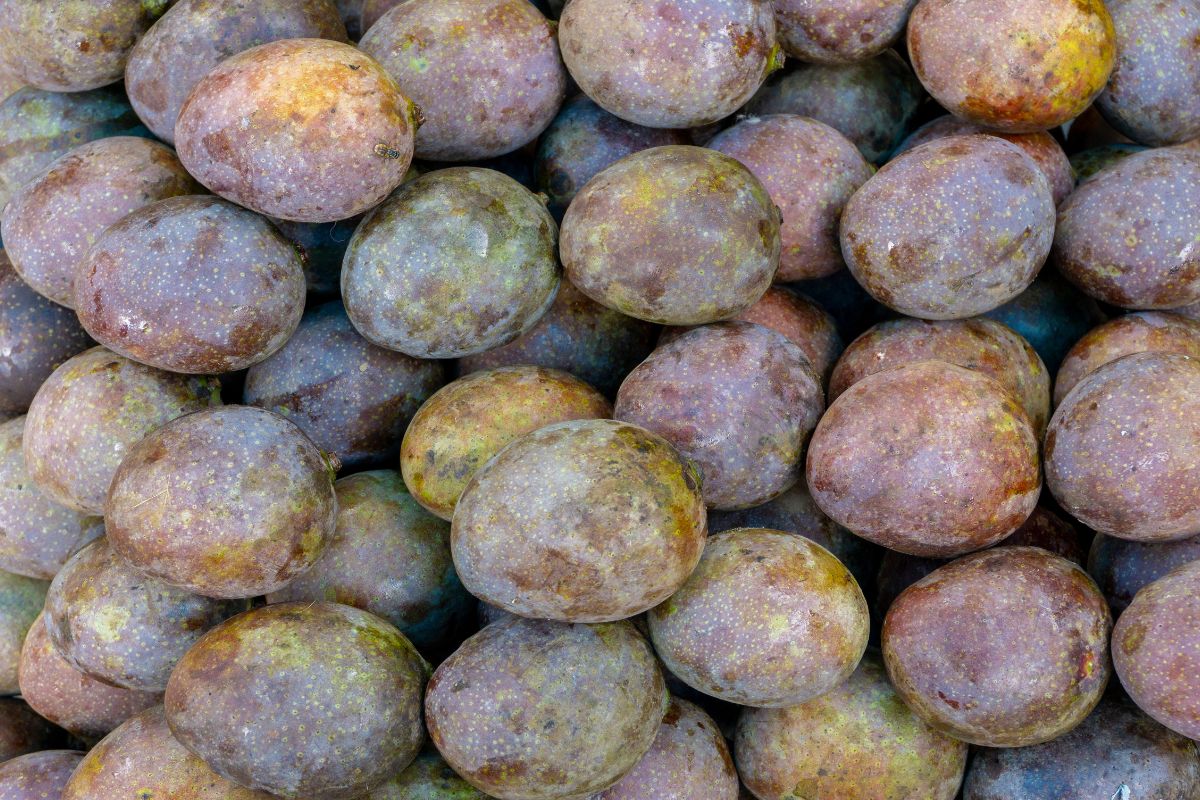
Kasturi Mangoes, are a native of Indonesia. Their deep purple color earned them the nickname “Blue mango” in the United States. Mangoes are originally from South Asia, but made their way across the tropics and into America around 1880. Today, mangoes are the most commonly eaten fruit in the world with India being the greatest supplier. It’s a stone fruit, meaning it has one hard seed surrounded by tasty fruit. Peaches, cherries, and plums are all stone fruits as well. If you need information on how to select, cut, or use mangos check out Mango nutrition information and a lot more. You might also try a cool Mango Margarita Slush or Mango Smoothie Recipe.
Kawakawa
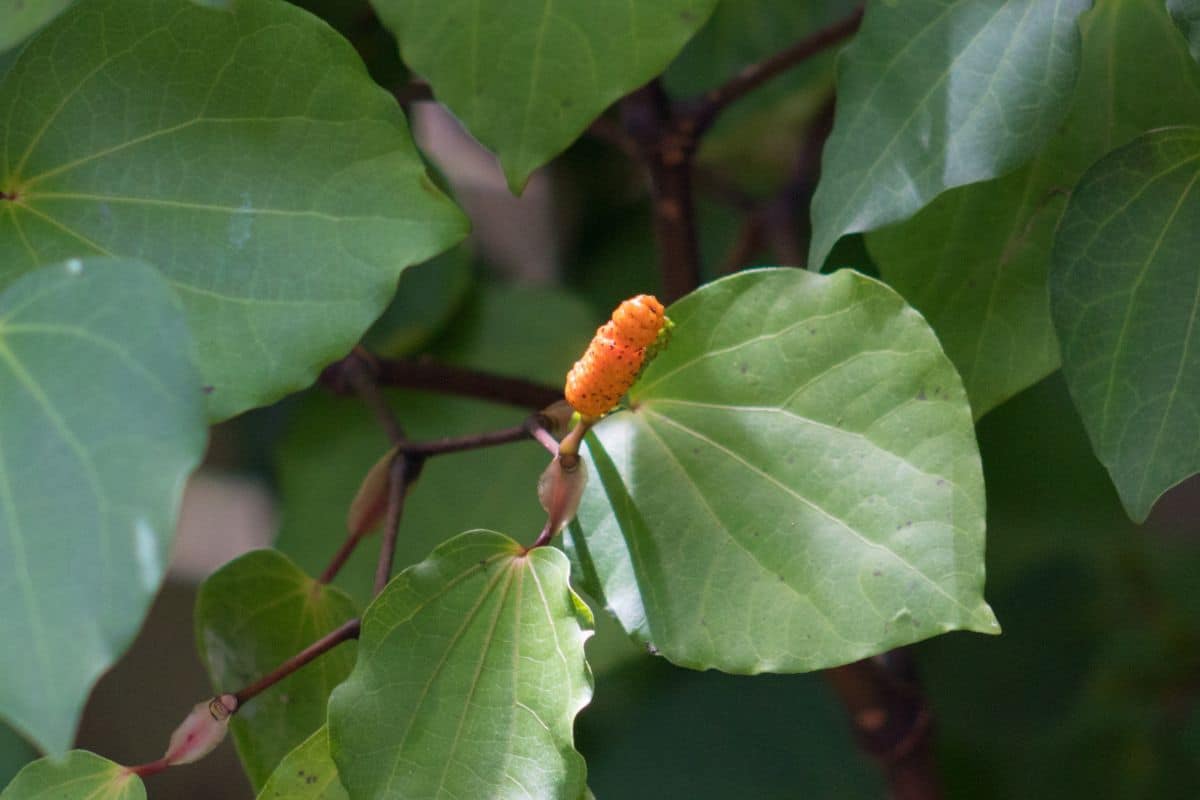
Kawakawa is a native to New Zealand where the berries are used mostly for medicinal purposes. The native Maori people use it to relieve pain, bruises, boils, and bladder problems. The yellow berries are edible and said to be sweet tasting something like passion fruit.
Kaywa
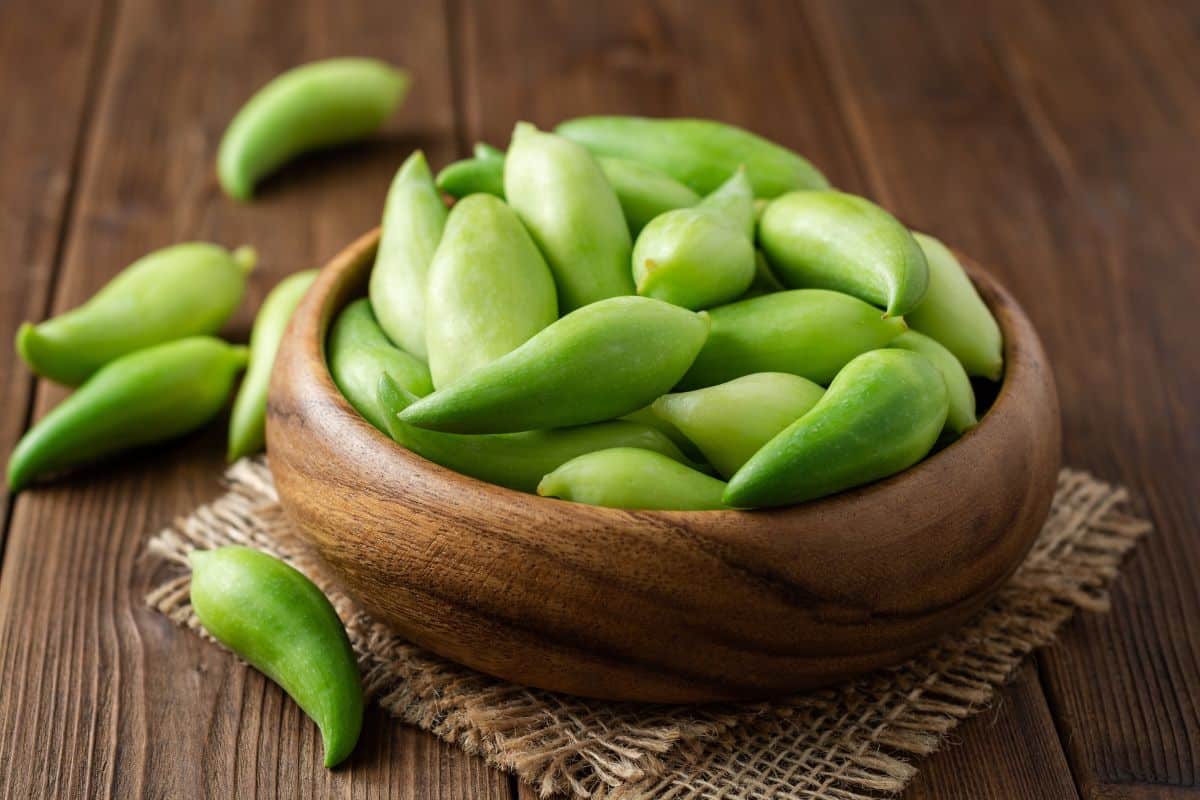
Kaywa is a South American fruit native to the Andes Mountains. They taste similar to cucumbers, but lack the cucumbers crisp texture. It can be eaten raw or cooked, but the locals use it more like a vegetable than a fruit often stuffing them.
Kei Apple
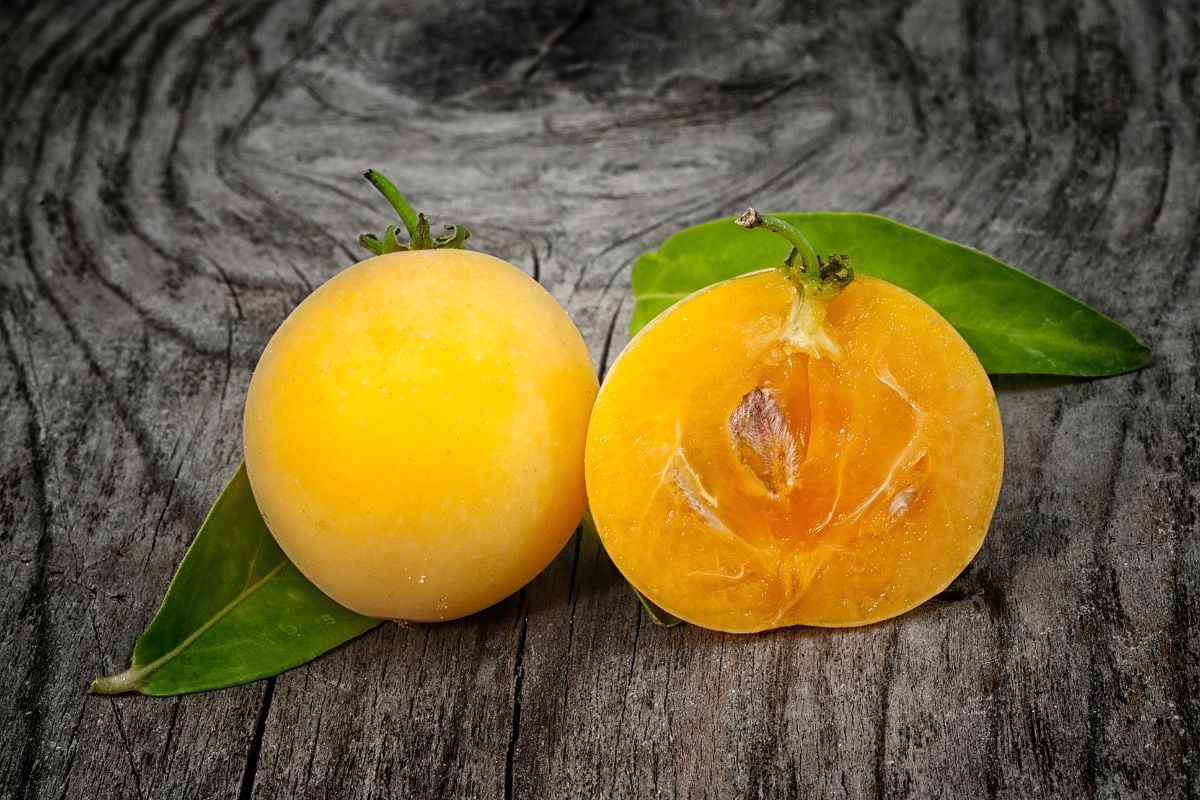
Kei Apple is grown largely in South Africa. This juicy fruit is more like a plum than an apple, but said to taste similar to an apricot or mango. Kei apples are generally cooked with sugar or other fruit as raw they are rather acidic and sharp tasting.
Keitt Mango
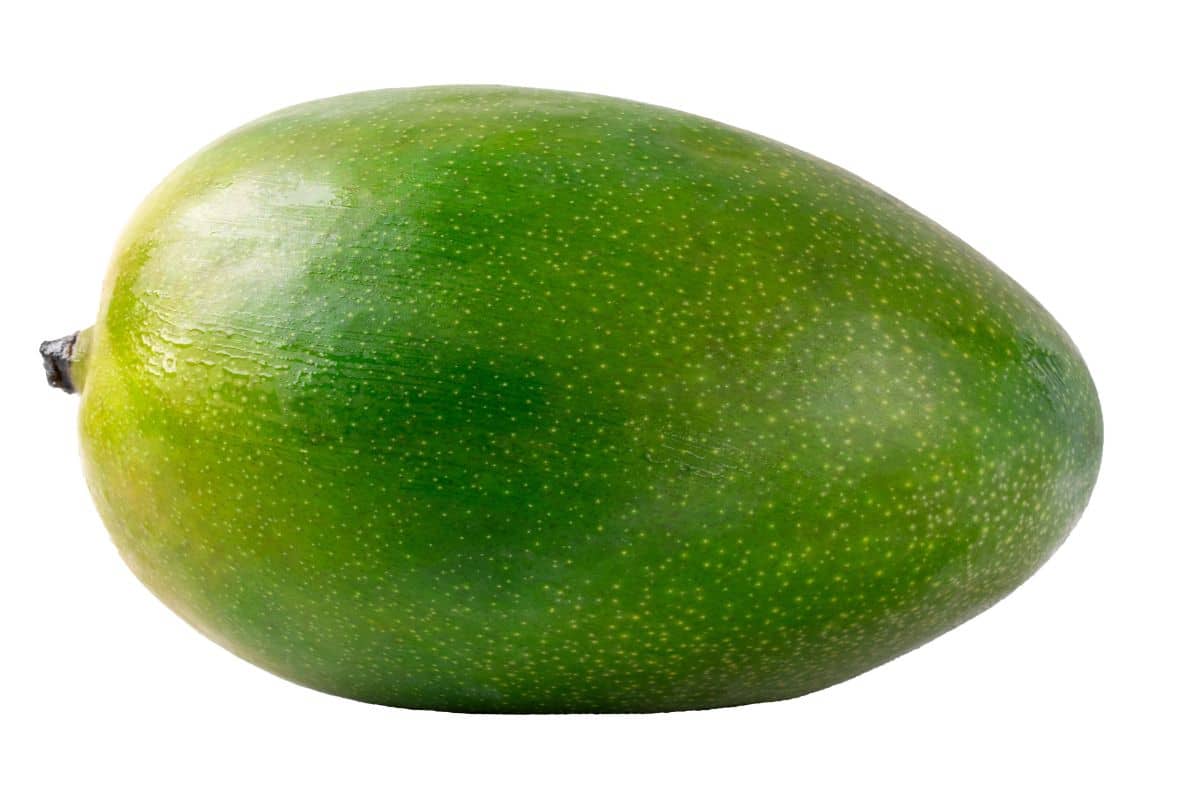
Keitt Mango is a larger variety mango, and just as sweet as other varieties. It is commonly eaten raw as it is fiber free and thus quite creamy.
Key Limes
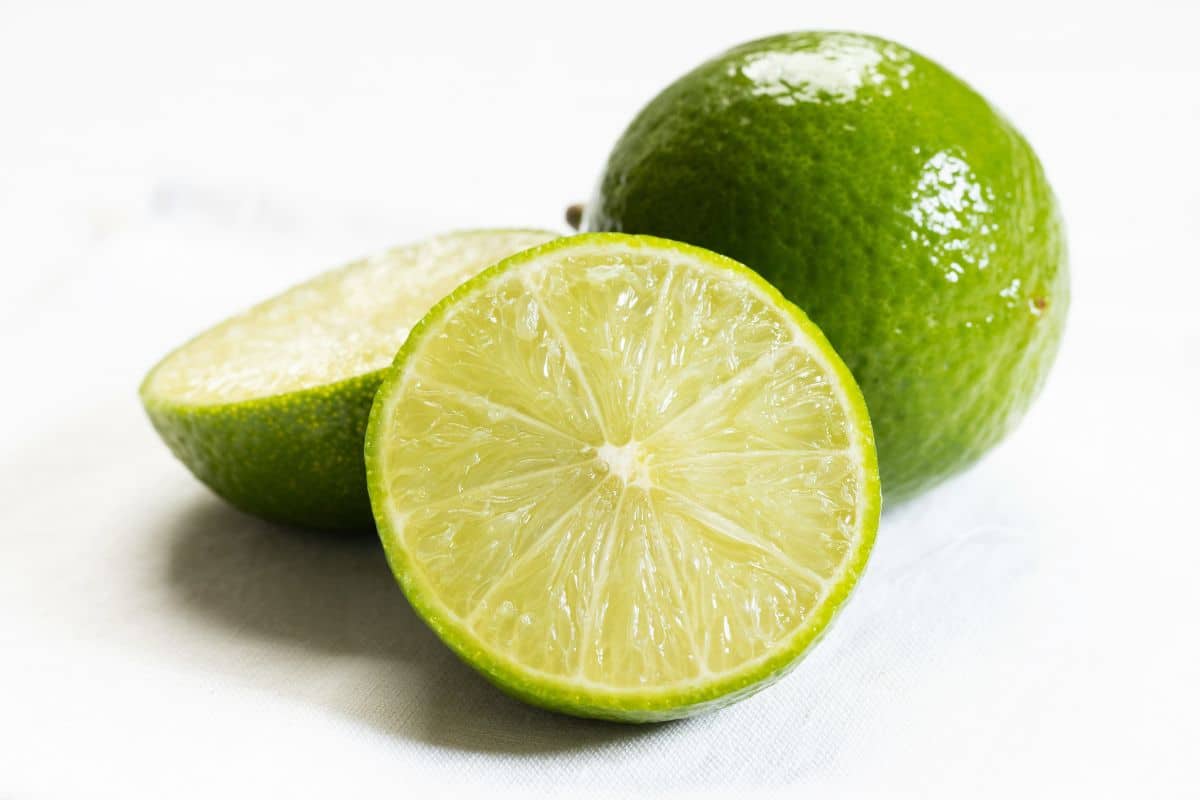
Key Limes are famous as the flavor maker in Key Lime Pie. These Floridian limes are smaller, rounder, and more acidic than other limes, but are also sweeter. The Key lime is usually picked while it is still green, but it turns yellow when ripe. Have a craving for Key Lime Pie? Try this simple yet Healthy Key Lime Pie Smoothie (vegan options).
Kiwano
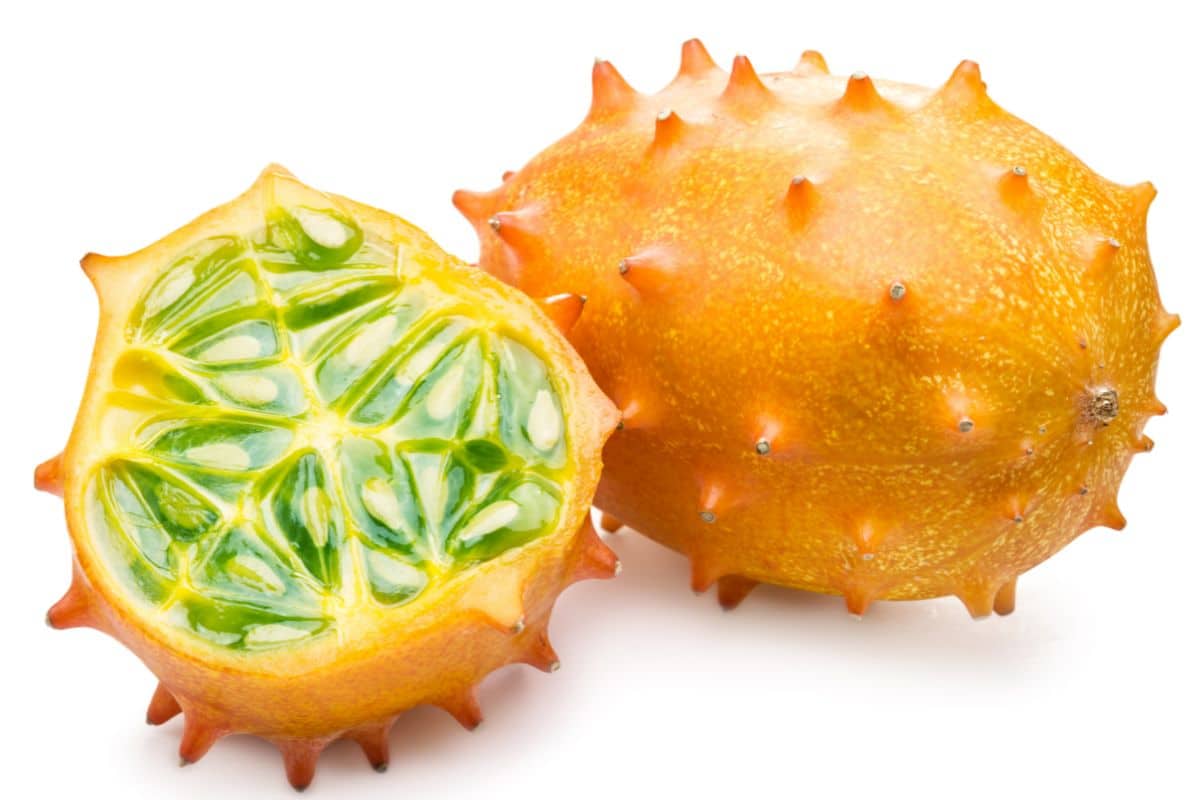
Kiwano are also called horned melon or sometimes blowfish as it does rather resemble a blowfish. It is an exotic and odd-looking fruit grown in Central to Southern Africa. These are loaded with vitamins and antioxidants. It is used in both savory and sweet dishes as well as drinks and deserts. Kiwano have become more available in the USA at international markets in recent years, and can be used to make a stunningly unique presentation with drinks and desserts.
Kiwi
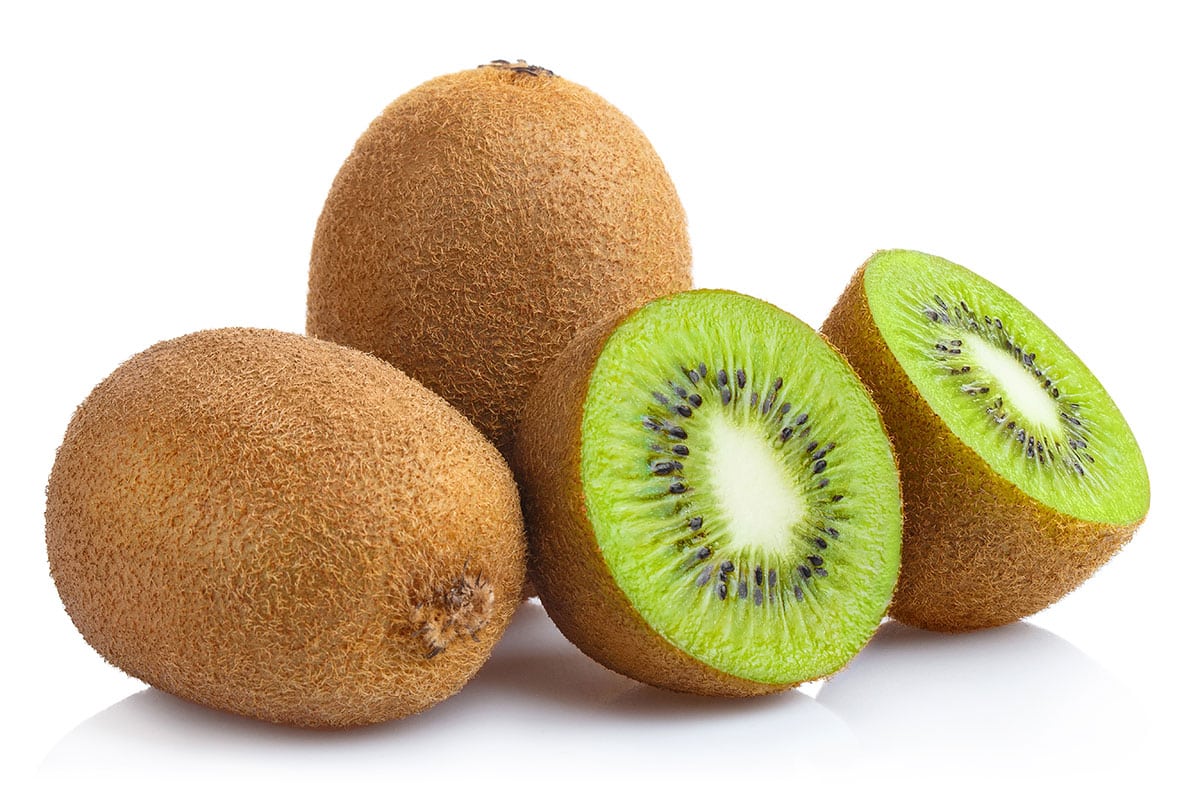
Kiwi are native to China, but these peculiar fruits were first commercially grown in New Zealand, where they picked up the name “Kiwi fruit”. They have since made their way around the globe and worked their way into American diets. Kiwis are absolutely packed with vitamin C (even more than oranges!) They’re also pretty acidic, making them a unique cooking ingredient for their ability to tenderize and digest proteins. For Everything You Need To Know About Kiwis give this a look. If you want to try a great summer treat, give these homemade popsicles a go (you don’t have to have a mold) Green Smoothie Popsicles (sugar-free).
Knobby Russet
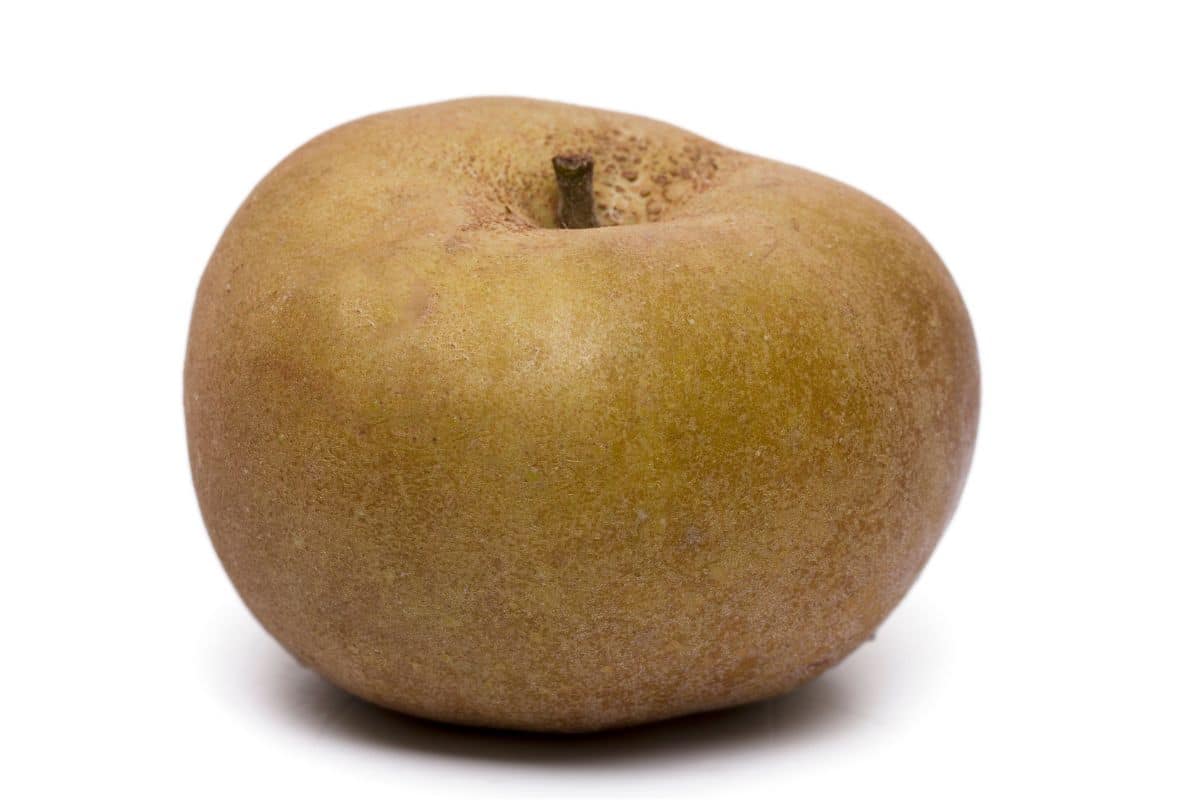
Knobby Russet apples are by no means pretty. They are a large green and yellow variety normally of irregular and knobby shape. I am sorry, they are just an ugly apple. They do, however, have a soft sweet flesh. They are commonly used in cider, applesauce, and used as a filler in baked goods. Should you find yourself in possession of some ugly apples give EASY Homemade Apple Cider a try.
Kokoneos
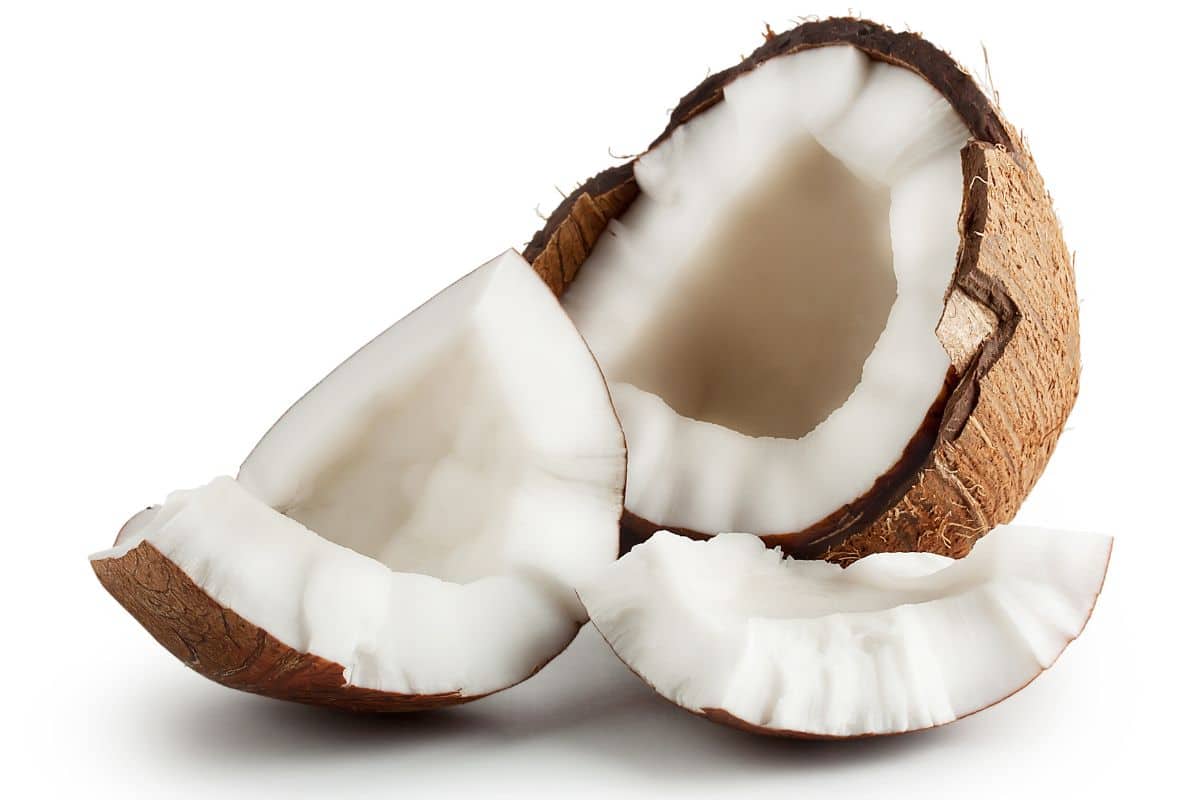
Kokoneos is just the Korean word for Coconut, but we like coconuts so much we included it with fruits that start with K anyway. The coconut is a fruit type called a drupe. Drupes have a single seed and a fruity exterior. They appear to have originated as a staple food in the Pacific islands 3-5,000 years ago. Fossils in New Zealand show their existence as much as 15 million years ago. There is so much you can do with coconut (err, Kokoneos) milk and meat that we encourage you to follow up in the everything You Need To Know About Cooking with Coconut Guide.
Korean Pears
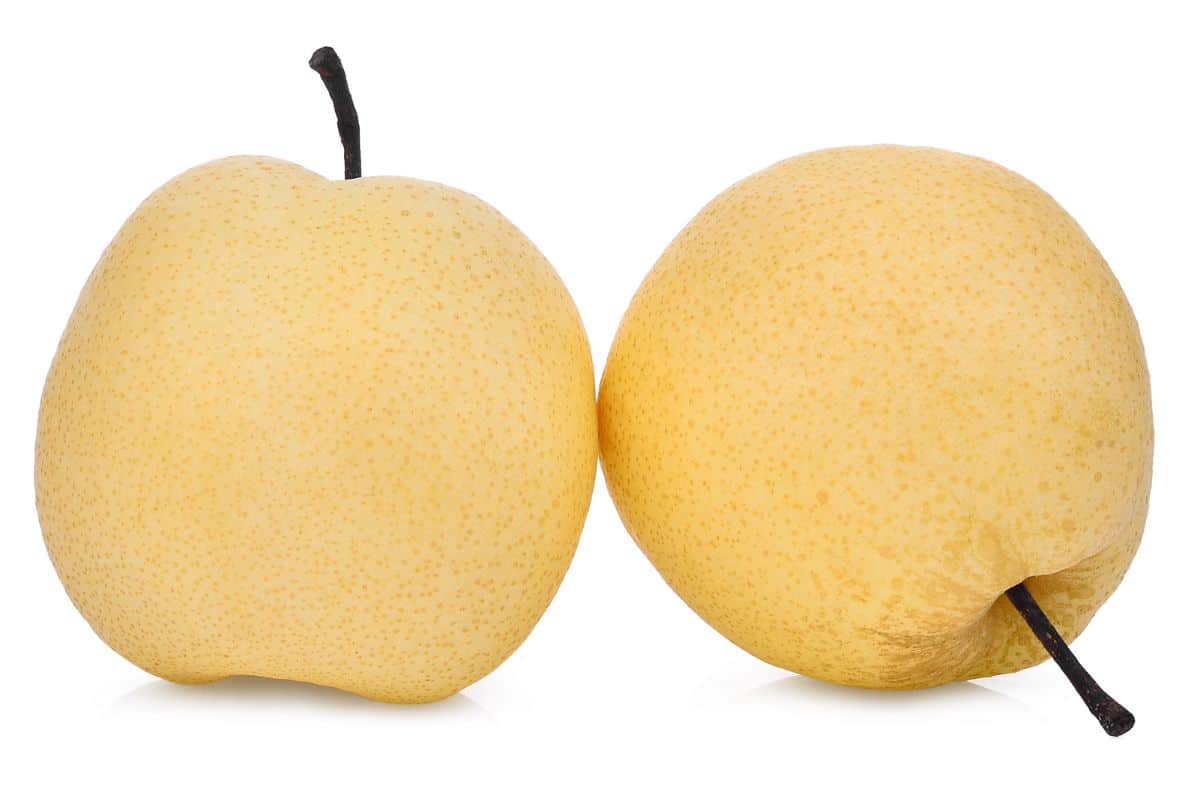
Korean Pears are also called Asian Pears. Asian pears reach peak ripeness on the tree, so they are ready to eat upon picking. They do not soften and get sweeter as other pears do. Pears are grown and consumed in much of the world, and there are around 3,000 varieties. It is a high fiber fruit that can be eaten so many ways, raw, dried, candied, juiced, in wine, schnapps, etc. Check out our guide on Pear Types 101 and perhaps consider yet another way to enjoy pears in Pear Pizza with Gorgonzola and Thyme.
Korlan
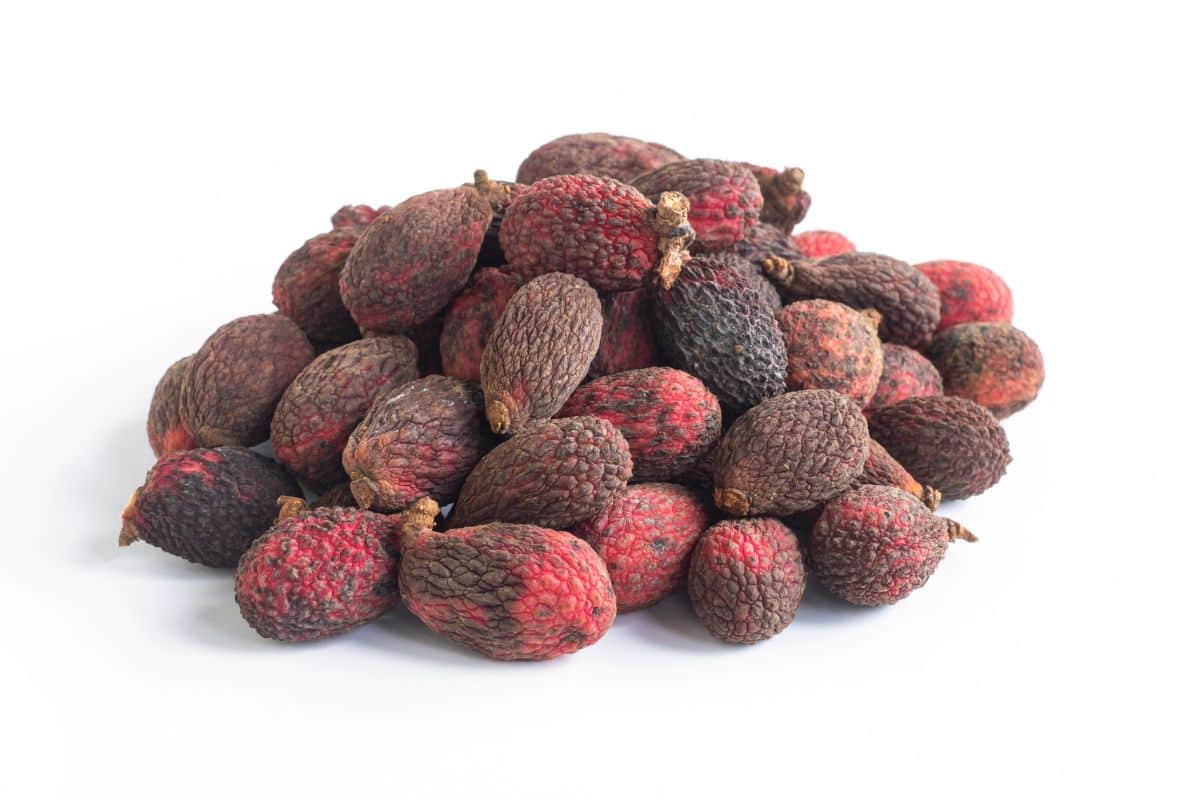
Korlan are a Southeast Asian fruit grown in Vietnam, Malaysia, and Indonesia. It is a small red berry with a rough skin that grows in the wild. While not commercially cultivated, the wild fruit are picked and sold in local markets. They are often eaten raw.
Körsbär
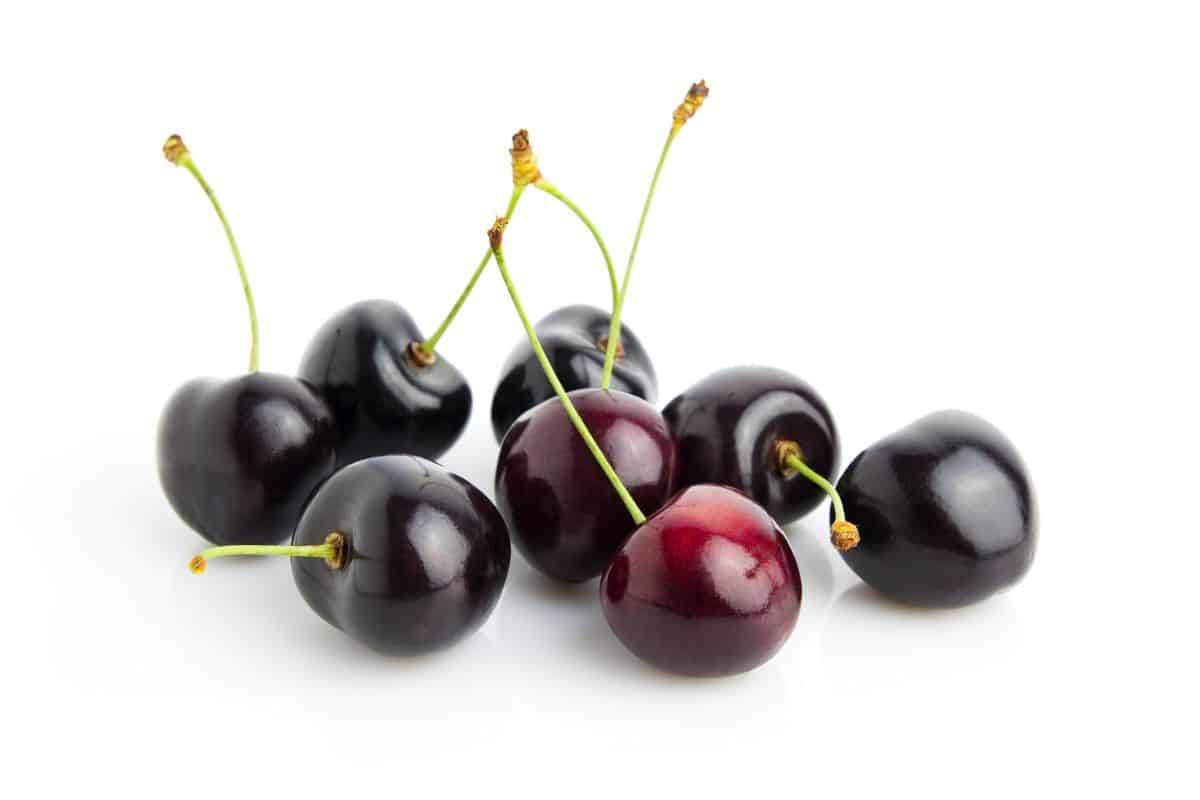
Körsbär is the Swedish word for cherry. I know we are cheating, but there aren’t exactly dozens of fruits that start with K. Cherries are so healthy that we created a separate post to highlight the 9 Unexpected Cherry Benefits (and why you should be eating more!), so should you chose to try this Cherry Cheesecake Oat Cookies Recipe, you can relax because they are really healthy.
Kowai
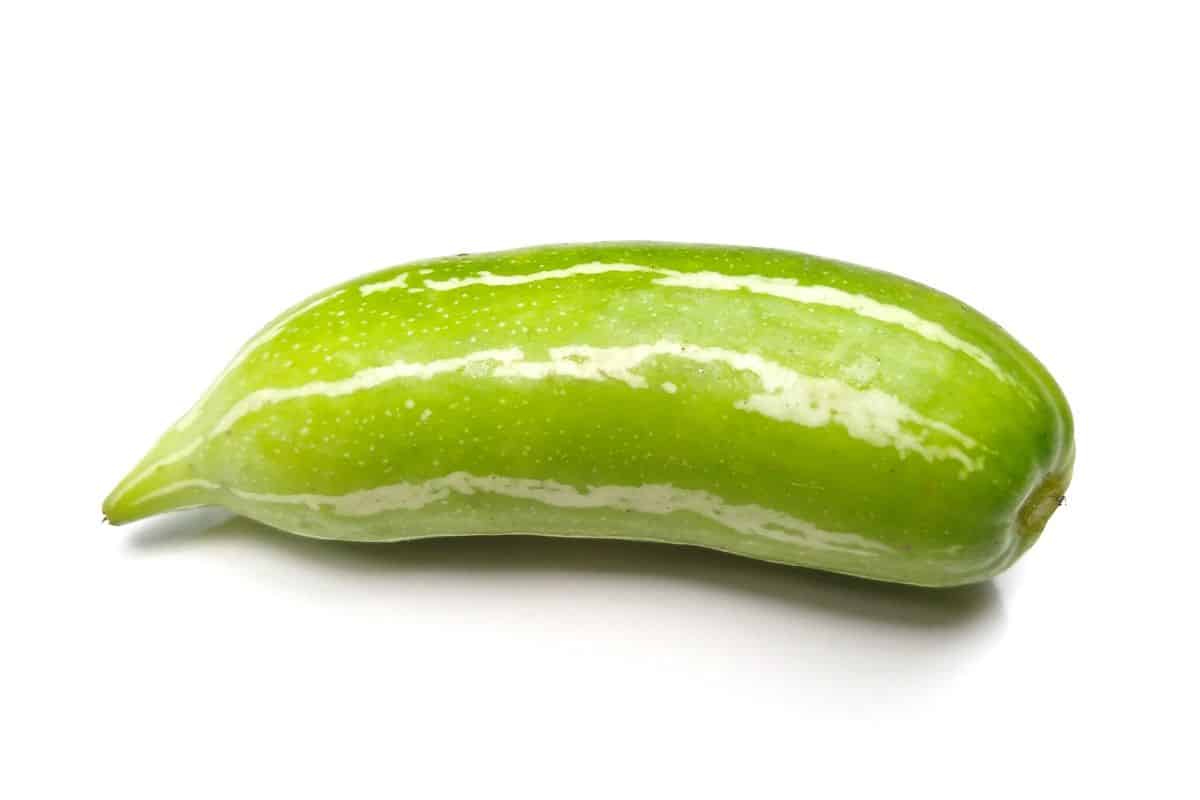
Kowai are small oval shaped fruit also known as Ivy Gourd. It thrives in the tropical climate of southern India where it is used in local cuisine and medicine. It looks like a small cucumber and is normally cooked. Medicinally, it is used to reduce blood sugar thus preventing diabetes, and is thought to be beneficial for the heart and nervous system.
Kumquats
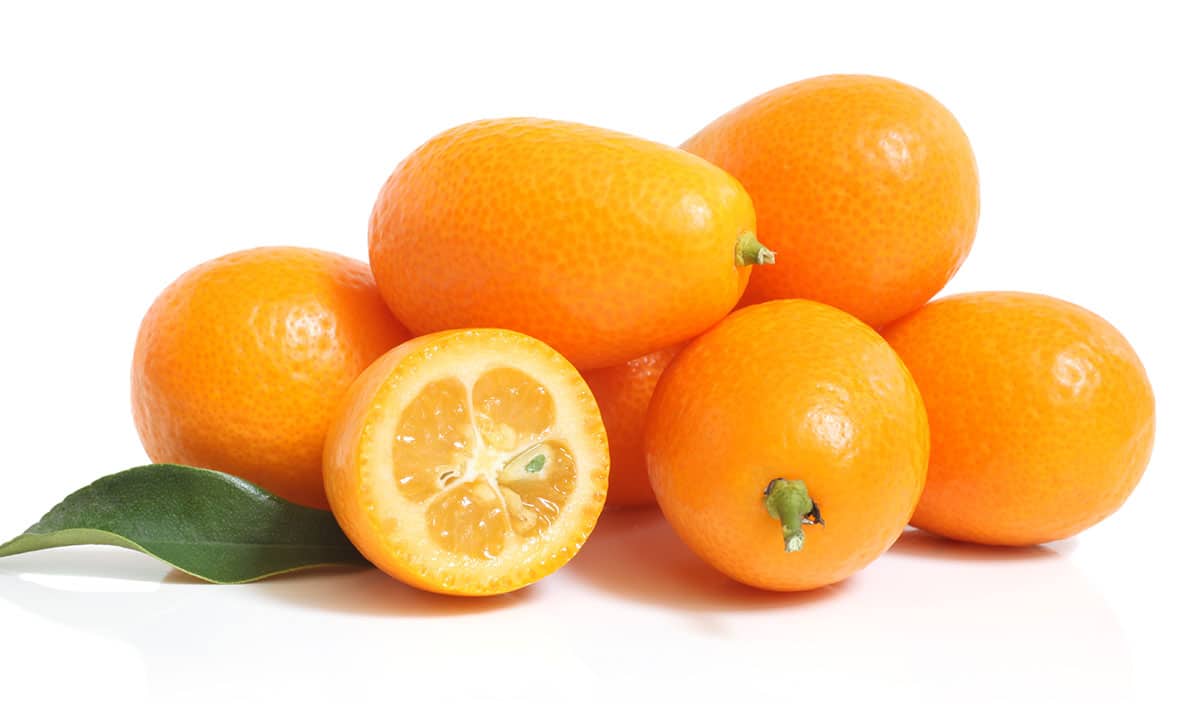
Kumquats resemble oranges, but are much smaller. They originated in Southern China where mention of them in literature dates back to the 12th Century. They are usually eaten whole or go well in fruit salads.
Kutjera
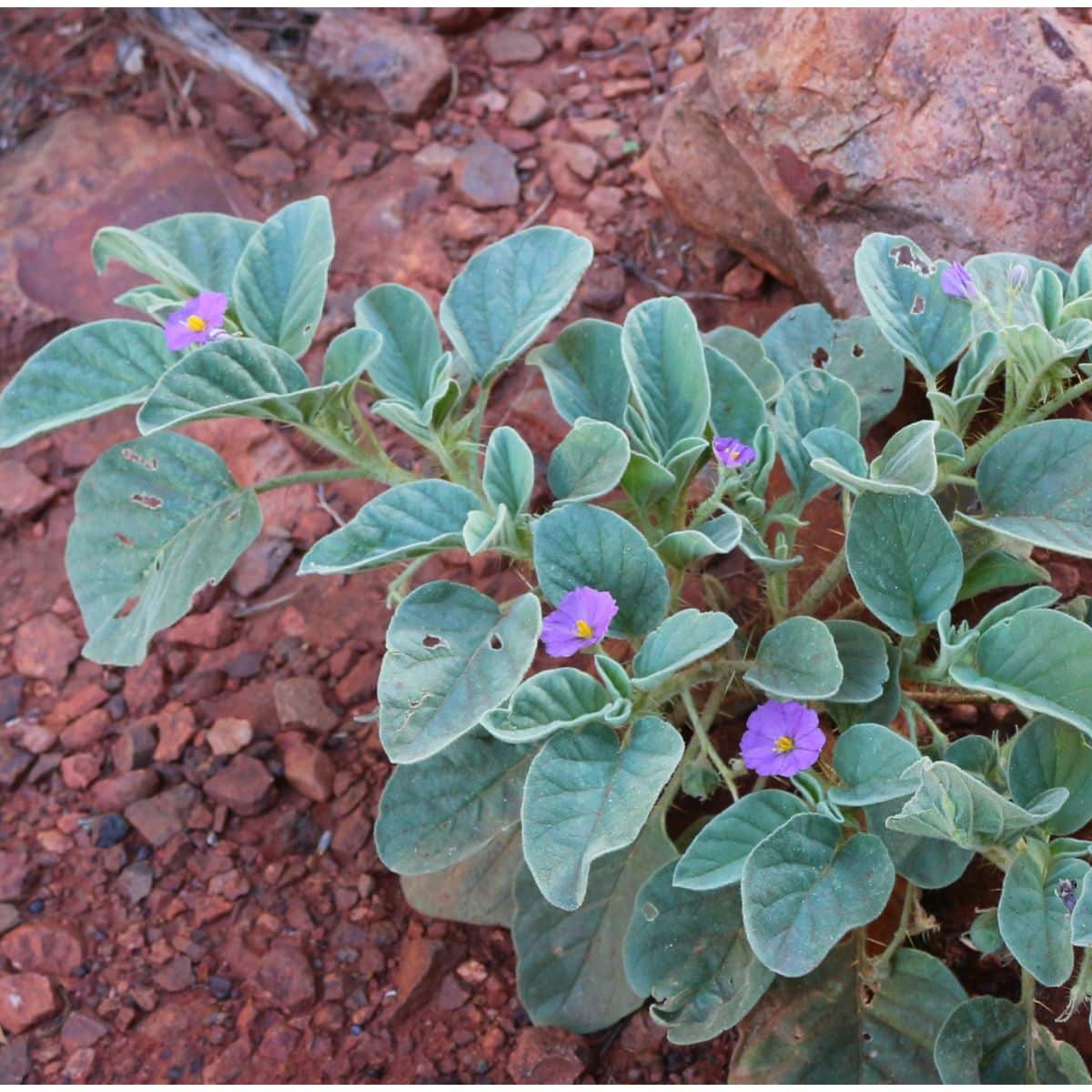
Kutjera fruit are also called the Australian Desert Raisin as their skin wrinkles upon ripening. This has the advantage of helping to preserve the fruit and giving it a longer storage life than other fruits. The Kutjera has been an important part of aboriginal diets for thousands of years. While it looks like a raisin, it tastes more like a sun-dried tomato.
Kvede
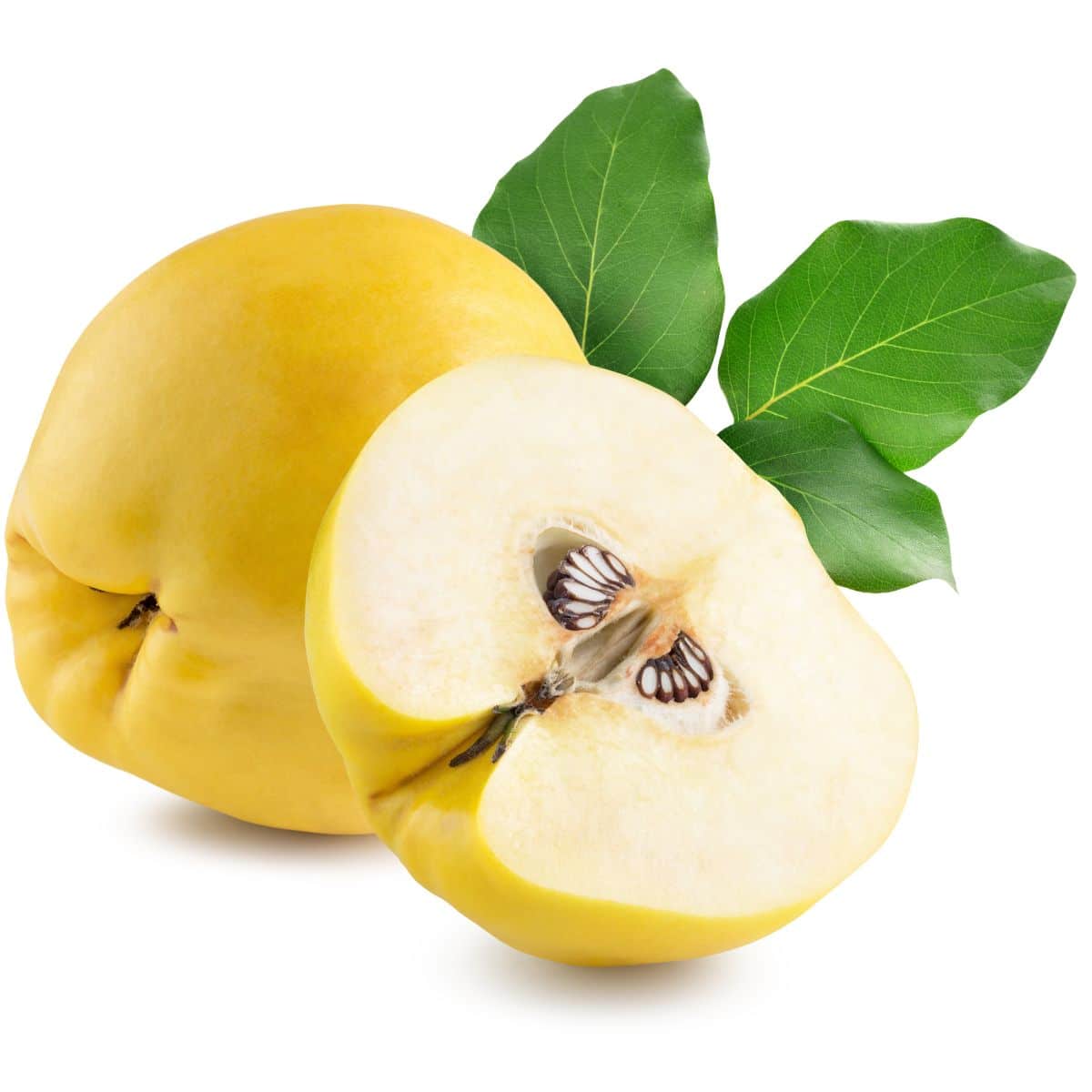
Kvede is a Quince. Quince are a genuinely unique fruit in that they are the only member of the genus Cydonia. Most fruit are of a large family of fruits, but not this ancient treat. There are biblical references to the fruit in Judea, and it has grown in many areas of the world since. It is known as a drought resistant shrub that thrives in both shade and sun, and doesn’t require a whole lot of maintenance. Its fruit are a bright yellow looking rather like a pear and are fairly tart, so they are rarely eaten raw but rather made into jams or alcoholic drinks.
Kwai Muks
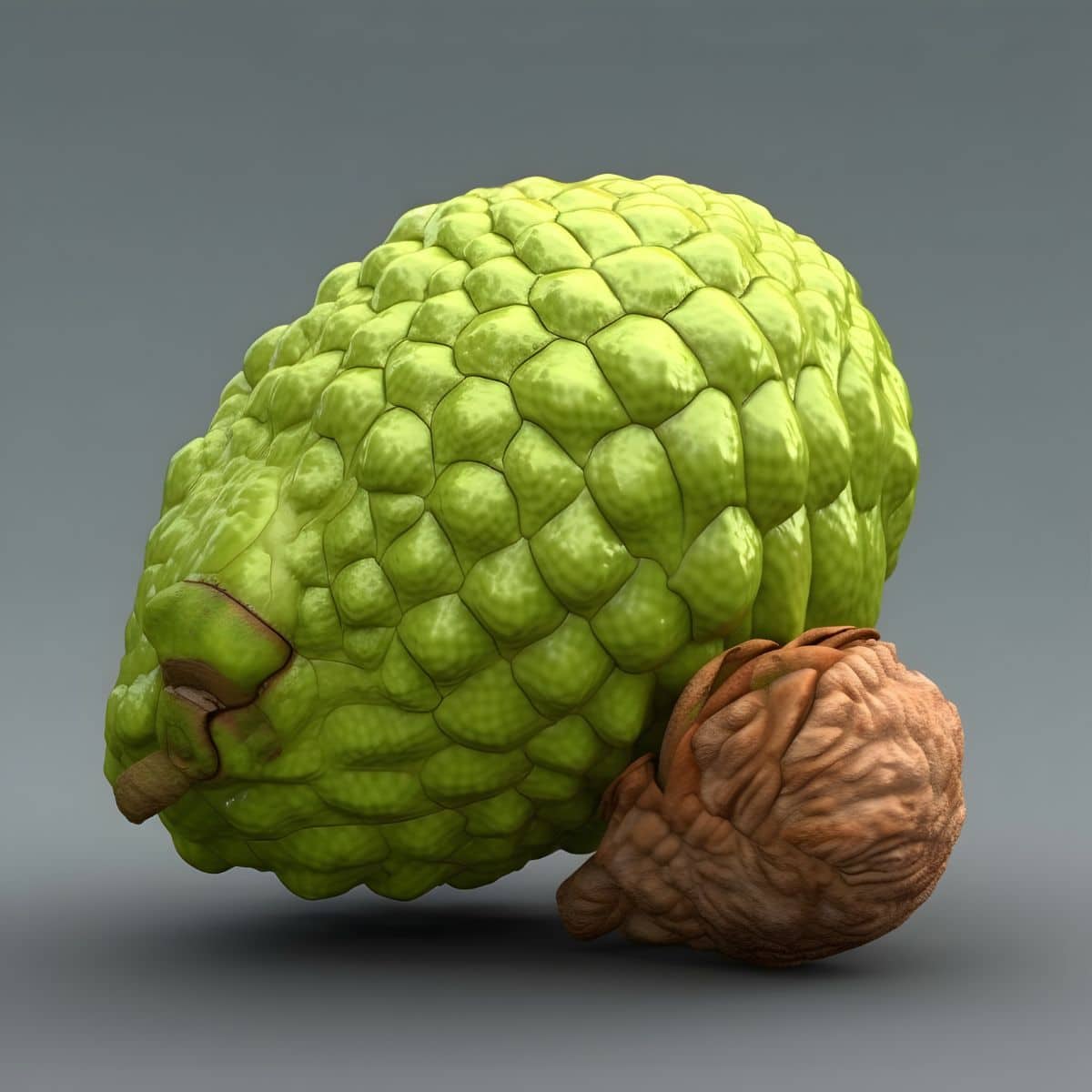
Kwai Muks are grown in Southern China. They are too cold intolerant for the northern regions of China. These small fruits are said to have an excellent flavor when ripe and can be eaten raw or are often dried or preserved in a sugary syrup. Related to the jackfruit, they are one ugly fruit. They seem to grow into whatever shape suits them, and appear lumpy and discolored.
Kyoho Grapes
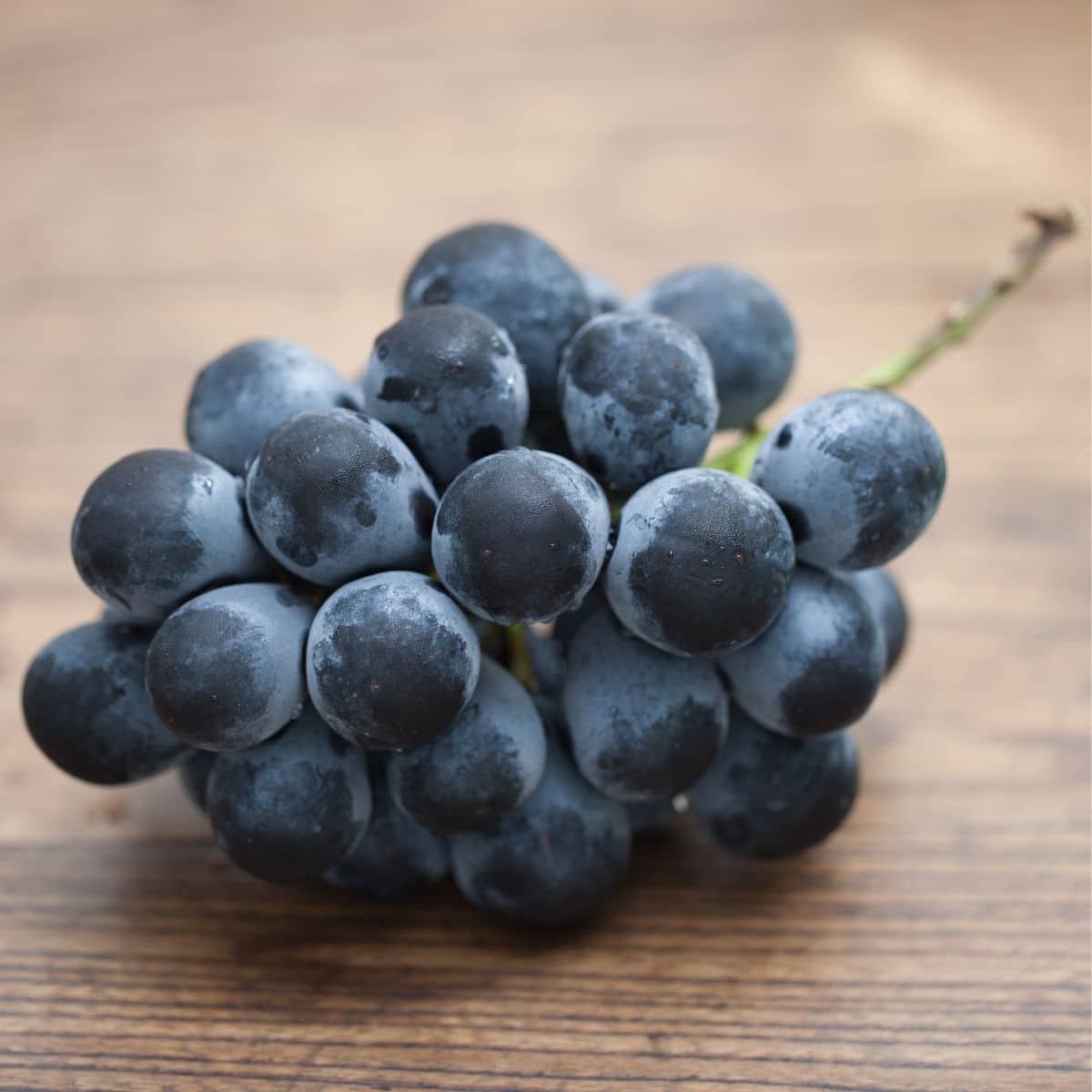
Kyoho Grapes are popular in much of Asia to include China, Japan, and Korea. They are notable for their large size and sweet taste. In Asia they are traditionally peeled and eaten as a dessert. Now if you have a sudden urge to do something with a more readily available grape variety check out Everything You Need To Know About Grapes .
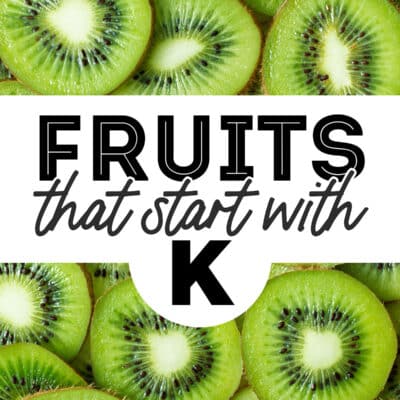
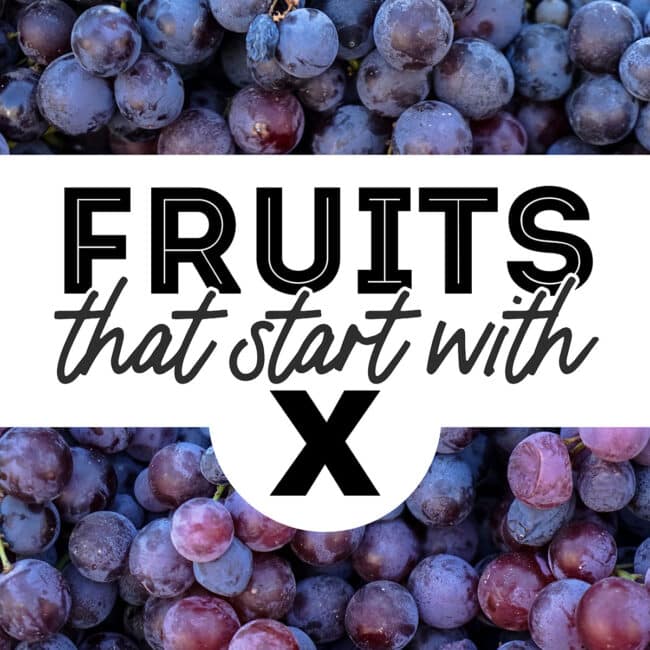
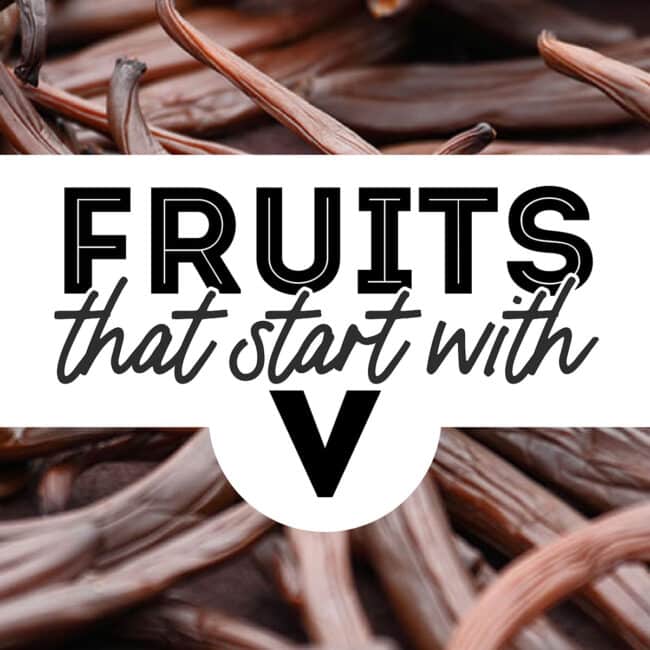
Leave a Comment